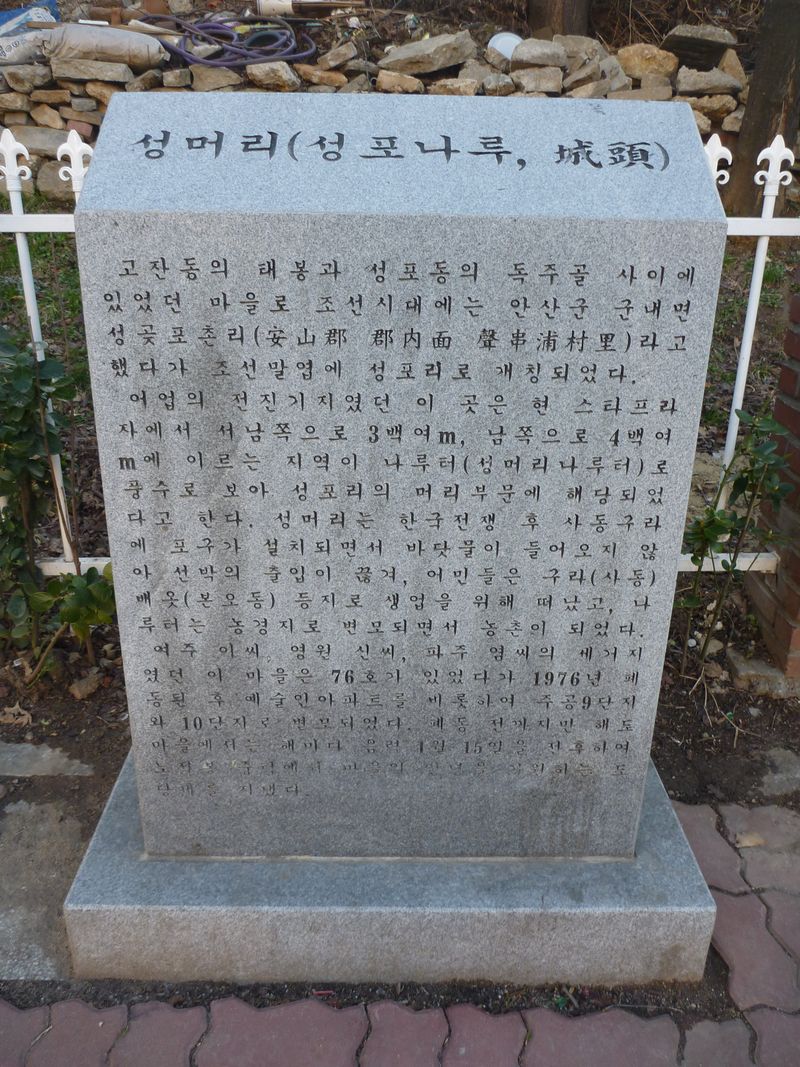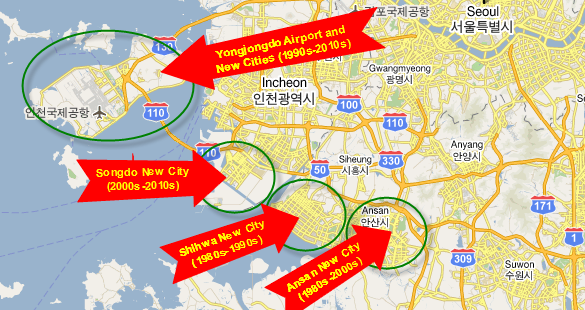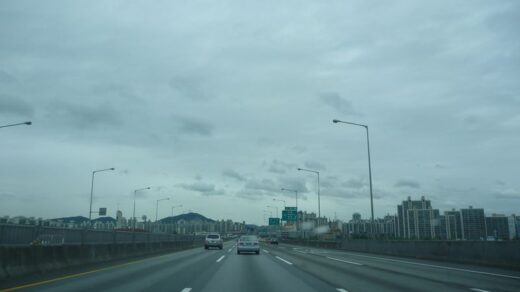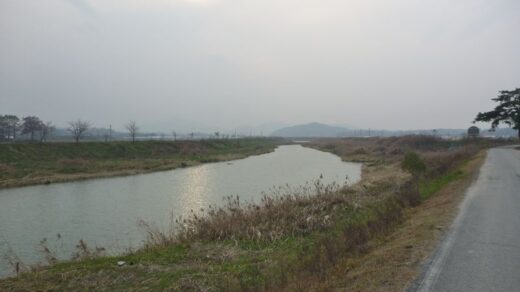We recently interviewed Dick Warmington on KoreaBusinessCentral.com. (Click here [EXPIRED LINK REMOVED: https://stevenbammel.com/category/archives/kbcforum/topics/korea-business-central-329] to listen and/or read the fascinating interview.) Dick is President of Chadwick International School in Songdo, Korea, which is a new city built entirely on reclaimed land in the West Sea south of Incheon. It’s a dramatic testament to the Korean drive to develop new living spaces on a peninsula with very high population density.
One member of KBC took exception to the development in Songdo, pointing out that it has destroyed a lot of the natural ecosystem in the area. His criticisms also extended to Chadwick, and I wanted to answer his concerns, because there’s no doubt that a lot of trade-offs are getting made in the process of the Korean economic miracle.
The following is my reply:
Vince – I’m surprised by your hostility toward Chadwick International (not Songdo International). There are international schools all over Korea and the world and have been for a long time, at costs roughly similar. Mainly the only thing Chadwick International is doing differently is to base their program in Songdo on the seventy-five years of history and expertise they’ve built back in California. Private schools like Chadwick are expensive everywhere.
I understand Chadwick jumped into Korea only after other educators had abandoned plans to run an international school in Songdo, leaving the city high and dry (I’m not 100% certain so others can confirm whether I’m right about this fact). What’s notable is that Chadwick International has a higher proportion of Korean students than other international schools in Korea; this point is significant to me because it gives them more of a connection to Korean society at large than most of international schools, and a means to influence the education debate in Korea.But even if you’re not impressed by this, your position on Chadwick still seems hard to understand and so I sense it stems mainly from misgivings about Songdo itself. Further, I’d say that these misgivings are actually based on a fundamental rejection of the Korean property development model in general, not simply that too many rich people live there or that they could have razed neighborhoods in older areas of Incheon instead of building out into the West Sea.
The reason I say this is that Songdo is different only in degree and timeline, not in kind, from other development that Korea’s been engaged in for at least thirty years. My town of Ansan is just down the road from Songdo and over 50% of it was built on reclaimed land from the West Sea. In fact, if you want to know how far the water line used to run in my neighborhood, read my post History of the Area Around Nojeok Hill to get the translation of the historical marker pictured above, and be sure to check out the map at the bottom of that post. Everything between the current waterline and the old waterline is reclaimed land!
Also, if you think beaches are being destroyed just for rich people, then hop in the car and drive a few minutes to Shihwa, which is halfway from Songdo to Ansan, This happens to be a working-class Songdo; dirty, small apartments, factories… and nearly 100% reclaimed land, just like Songdo.
As you know, Songdo’s not the end of the line either. They’re working on new city plans for Yongjongdo! Or should I say, half-next, since the airport’s there already. (I visited Yongjongdo back in 1994 when you had to take a boat to get there and it was still relatively unspoilt.)
So this is the runaway development you refer to. Fair enough; there is a certain irony in all the talk about being eco-friendly in Songdo and elsewhere when so much ecology was destroyed in the creation of these places (One of the mottos I’ve seen for Ansan lately is “Eco Ansan”….)
But if you take a step back and acknowledge that nice cities are being created where millions of people enjoy things like the 2011 Ansan International Street Arts Festival (Click here for photos of the event, all on reclaimed land!) or where we can relax with the beautiful parks and views (Click here for some recent views), then is it a bit easier to understand the trade-offs that Koreans have been making to develop the outer edges of the Seoul area, and to appreciate that it’s not just a monster out of control? And if they’re going to build a city like Songdo, don’t they deserve some credit for giving it a low carbon footprint?
Songdo’s only 1/3 finished so they’ve still got a ways to go before it’s done, but I’ve heard from Koreans who live there that it’s a great place to live already. To be honest, I’ve visited a couple times and not been terribly impressed, but maybe that was because I was seeing it in its 20% completion state and because I barely got out of the car. I’ve also heard from non-Koreans who live there that it lacks “vitality”, but to each his own. They probably wouldn’t like my Ansan either.
I’ll also also point out that these Korean new cities satisfy some mysterious Korean urge to try to build new utopias, but that’s a whole different chapter of whatever book I ever decide to write.
Since I don’t think Songdo itself is the problem, but that it’s the whole Korean approach that’s bothering you (and since I only have photos of Ansan, not Songdo), here are some links about the development of Ansan that you (and others) might find interesting, as well as a photo of the city from the top of our daily hiking course.
- The New City of Ansan
- About our Neighborhood of Seongpo-Dong
- About Nojeok Hill and My Connection to It
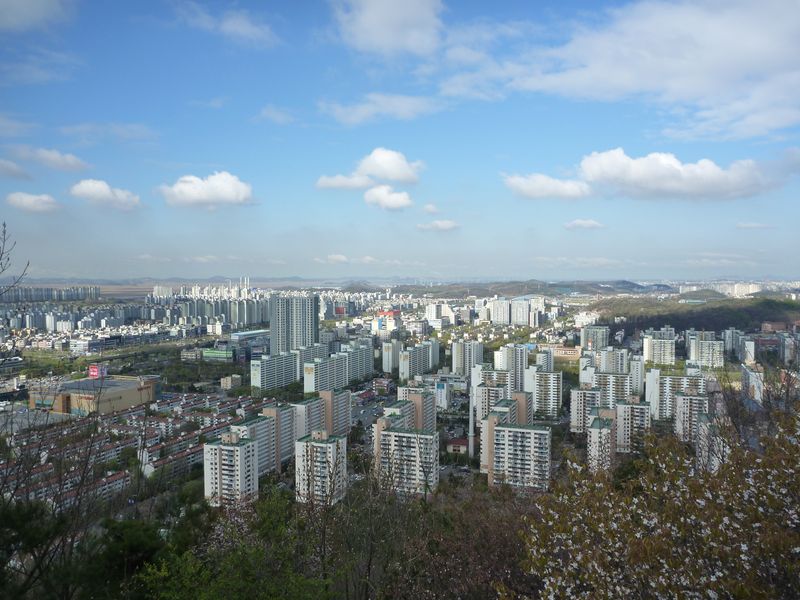
Click here to read the rest of the discussion [EXPIRED LINK REMOVED: https://stevenbammel.com/category/archives/kbcforum/topics/korea-business-central-329], including insightful comments by other Korea Business Central members.
